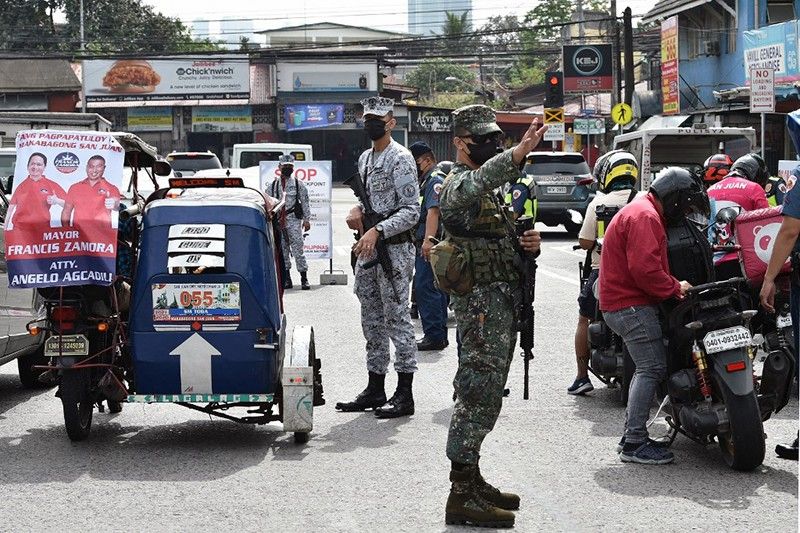IATF to announce new alert levels by February 14

MANILA, Philippines — The government's pandemic task force is expected to announce by February 14 the updated alert levels of areas as it continues to assess existing restrictions in light of the slowdown in the rate of COVID-19 infections.
Acting presidential spokesman Karlo Nograles said the Inter-Agency Task Force for the Management of Emerging Infectious Diseases (IATF) is scheduled to meet today to make a preliminary assessment of the pandemic situation.
Officials would hold another meeting this weekend to examine the latest data from different regions and to decide on the alert levels that would take effect from February 16 to 28, he added.
"We may announce the new alert levels, either February 13 or February 14, Valentine’s Day. So, let's wait for it," Nograles told state-run Radyo Pilipinas Wednesday.
"(We want to) make the assessment closer to February 16 so that we can see the latest numbers when we make a final decision for the alert level system for February 16 until the end of February," he added.
The Philippines' classification has improved from moderate risk to high risk because of a downward trend in the number of infections but officials have reminded the public to continue following health standards like frequent handwashing, observing physical distance, and wearing face masks.
As of February 7, the majority of the regions, including Metro Manila, are at moderate risk while four others, namely Davao, Zamboanga Peninsula, Soccsksargen, and Northern Mindanao are at high risk. Eastern Visayas, Bicol, MIMAROPA, and the Bangsamoro Autonomous Region in Muslim Mindanao are classified as low risk.
In terms of the availability of intensive care unit beds, only five regions namely Davao, Northern Mindanao, Caraga, Western Visayas, and Cagayan Valley are at moderate risk as of February 6. The rest of the regions are classified as low risk.
Last Tuesday, the Metropolitan Manila Development Authority (MMDA) said Metro Manila mayors are ready to open more sectors and businesses once the capital region's classification is downgraded from Alert Level 2 to the most lenient Alert Level 1. MMDA officer-in-charge and general manager Romando Artes said mayors may recommend a shift to Alert Level 1 if cases in Metro Manila continue to decline.
Under Alert Level 1, intrazonal and interzonal travel will be allowed regardless of age and comorbidities. All establishments, persons, or activities may operate, work, or be undertaken at full on-site or venue or seating capacity as long as minimum public health standards are followed. However, in-person classes for basic education should still secure the approval of the Office of the President.
- Latest
- Trending






























